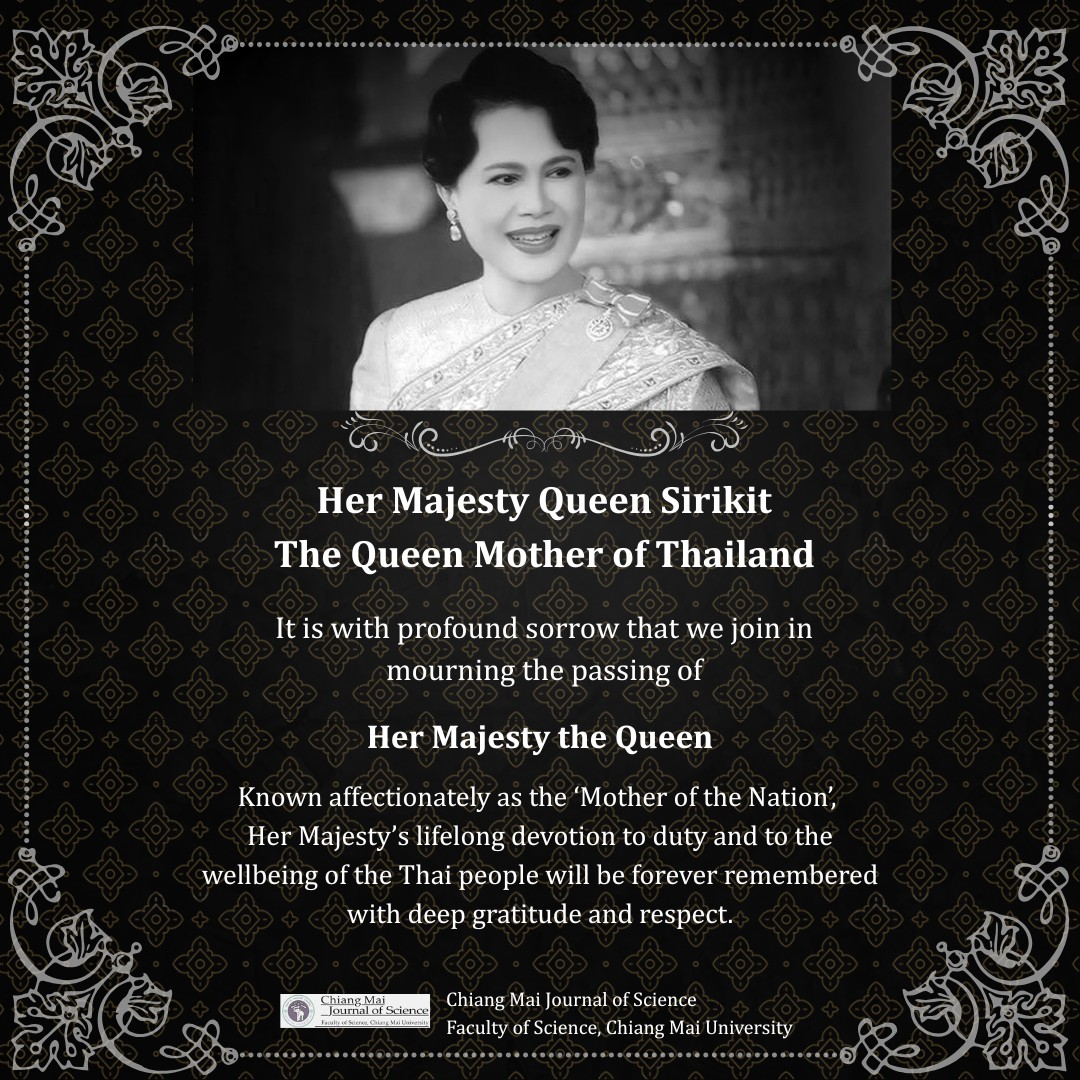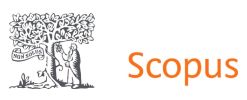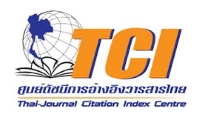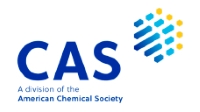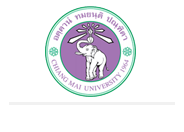JOURNAL DETAIL
In Vitro Cultivation of Porcine Chondrocytes on Fully Surface-Modified Polycaprolactone Scaffold: Static versus Dynamic Cultures
Paper Type |
Contributed Paper |
Title |
In Vitro Cultivation of Porcine Chondrocytes on Fully Surface-Modified Polycaprolactone Scaffold: Static versus Dynamic Cultures |
Author |
Pakkanun Kaewkong, Paweena Uppanan, Wasana Kosorn, Marut Wongcumchang, Pronrumpa Kanjanasingh, Tareerat Lertwimol and Wanida Janvikul |
Email |
wanidaj@mtec.or.th |
|
Abstract: Tissue engineering has been anticipated to be a promising therapeutic approach for cartilage damage. Hence, the development of a suitable scaffold for reconstruction of neocartilage is one of the key issues. In this study, polycaprolactone (PCL) was used as a scaffold in two different cell culture processes: static and dynamic cultures. The former was simply conducted in a cell culture plate, while the latter was performed in an in-house-built flow perfusion bioreactor at a flow rate of 0.1 ml/min. In the preparation of the fully surface-modified PCL scaffold, PCL pellets were first alkaline hydrolyzed prior to fabrication by a high pressure supercritical CO2 technique. This resulted in the hydrolyzed PCL (HPCL) scaffold with pore sizes ranging from 150 to 250 mm, whose surface was further subjected to an oxygen plasma treatment. The surface morphology, wettability, and chemical composition of the resulting scaffold were analyzed by scanning electron microscopy (SEM), water contact angle measurement, and X-ray photoelectron spectroscopy (XPS), respectively. It was found that the surface roughness and hydrophilicity of the PCL scaffold were drastically enhanced after the treatments. The proliferation of porcine chondrocytes cultured on the fully surface-modified PCL scaffold was found not to be different under both static and dynamic culture environments. However, the dynamic culture could promote the cells cultivated on the scaffold to function more effectively with a higher production and accumulation of extracellular matrix and a greater secretion of two important cartilage specific components, type II collagen and aggrecan. The total GAG content produced by the cells cultured in the bioreactor was about 95 mg/scaffold, while that produced in the well plate was only about 28 mg/scaffold. In addition, it was noted that the fully surface-modified PCL scaffold facilitated the infiltration of the cells down through the scaffold. The use of the suitably surface-modified PCL scaffold, together with the application of a flow perfusion bioreactor, potentiated the in vitro generation of cartilaginous extracellular matrix components. |
|
Start & End Page |
2092 - 2104 |
Received Date |
2017-11-01 |
Revised Date |
|
Accepted Date |
2018-04-30 |
Full Text |
Download |
Keyword |
polycaprolactone, chondrocytes, alkaline hydrolysis, plasma treatment, flow perfusion bioreactor, static culture |
Volume |
Vol.45 No.5 (Special 2018) |
DOI |
|
Citation |
Kaewkong P.,Uppanan P.,Kosorn W.,Wongcumchang M.,Kanjanasingh P.,Lertwimol T., et al., In Vitro Cultivation of Porcine Chondrocytes on Fully Surface-Modified Polycaprolactone Scaffold: Static versus Dynamic Cultures, Chiang Mai Journal of Science, 2018; 45(5): 2092-2104. |
| View:873 Download:293 | |
RELATED ARTICLE
Development of Polycaprolactone Infiltrated Anti-Tuberculosis Drug-Loaded 3D-Printed Hydroxyapatite for Localized and Sustained Drug Release in Bone and Joint Tuberculosis Treatment
page: 105 - 121
Author:Faungchat Thammarakcharoen, Autcharaporn Srion, Watchara Chokevivat, Ruedee Hemstapat, Noppawan Phumala Morales and Jintamai Suwanprateeb
Vol.49 No.1 (Special Issue I : Jan 2022) View: 1,462 Download:449
page: 105 - 121
Author:Faungchat Thammarakcharoen, Autcharaporn Srion, Watchara Chokevivat, Ruedee Hemstapat, Noppawan Phumala Morales and Jintamai Suwanprateeb
Vol.49 No.1 (Special Issue I : Jan 2022) View: 1,462 Download:449
Preparation and Degradation Behavior of Polycaprolactone Nanoporous Membrane
page: 2790 - 2796
Author:Naini Guo
Vol.45 NO.7 (November 2018) View: 879 Download:526
page: 2790 - 2796
Author:Naini Guo
Vol.45 NO.7 (November 2018) View: 879 Download:526
Optimization of Autoclave and Microwave Assisted Alkaline Hydrolysis for Release of Ferulic Acid from Biomass
page: 993 - 1001
Author:Pimpilai Fusawat and Nuansri Rakariyatham*
Vol.44 No.3 (July 2017) View: 841 Download:470
page: 993 - 1001
Author:Pimpilai Fusawat and Nuansri Rakariyatham*
Vol.44 No.3 (July 2017) View: 841 Download:470
Effect of Plasma Power on Copper Substrate Used for Synthesizing Carbon Nanotubes via
Alcohol Catalytic Chemical Vapor Deposition (ACVD) Technique
page: 339 - 344
Author:Sureewan Phunwaree*, Wim Nhuapeng, Dheerawan Boonyawan, and Wandee Thamjaree*
Vol.43 No.2 (SPECIAL ISSUE 1) View: 870 Download:266
page: 339 - 344
Author:Sureewan Phunwaree*, Wim Nhuapeng, Dheerawan Boonyawan, and Wandee Thamjaree*
Vol.43 No.2 (SPECIAL ISSUE 1) View: 870 Download:266
Novel Tin(II) Butoxides for Use as Initiators in the
Ring-Opening Polymerisation of ε-Caprolactone
page: 136 - 148
Author:Manita Dumklang, Nilobon Pattawong , Winita Punyodom, Puttinan Meepowpan, Robert Molloy, and Mark H
Vol.36 No.2 (MAY 2009) View: 902 Download:313
page: 136 - 148
Author:Manita Dumklang, Nilobon Pattawong , Winita Punyodom, Puttinan Meepowpan, Robert Molloy, and Mark H
Vol.36 No.2 (MAY 2009) View: 902 Download:313
Theoretical Study of the Bombyx mori Silk Surface
Functionalization: Quantum Mechanical Calculation
of the Glycine-Alanine Unit Reacting with Fluorine
and Molecular Dynamic Simulation of Wettability
page: 106 - 115
Author:Padungsee Khomhoi, Waleepan Sangprasert, Vannajan S. Lee, and Piyarat Nimmanpipug
Vol.37 No.1 (JANUARY 2010) View: 896 Download:265
page: 106 - 115
Author:Padungsee Khomhoi, Waleepan Sangprasert, Vannajan S. Lee, and Piyarat Nimmanpipug
Vol.37 No.1 (JANUARY 2010) View: 896 Download:265
Copyrights © Since 2021 All Rights Reserved by Chiang Mai Journal of Science
